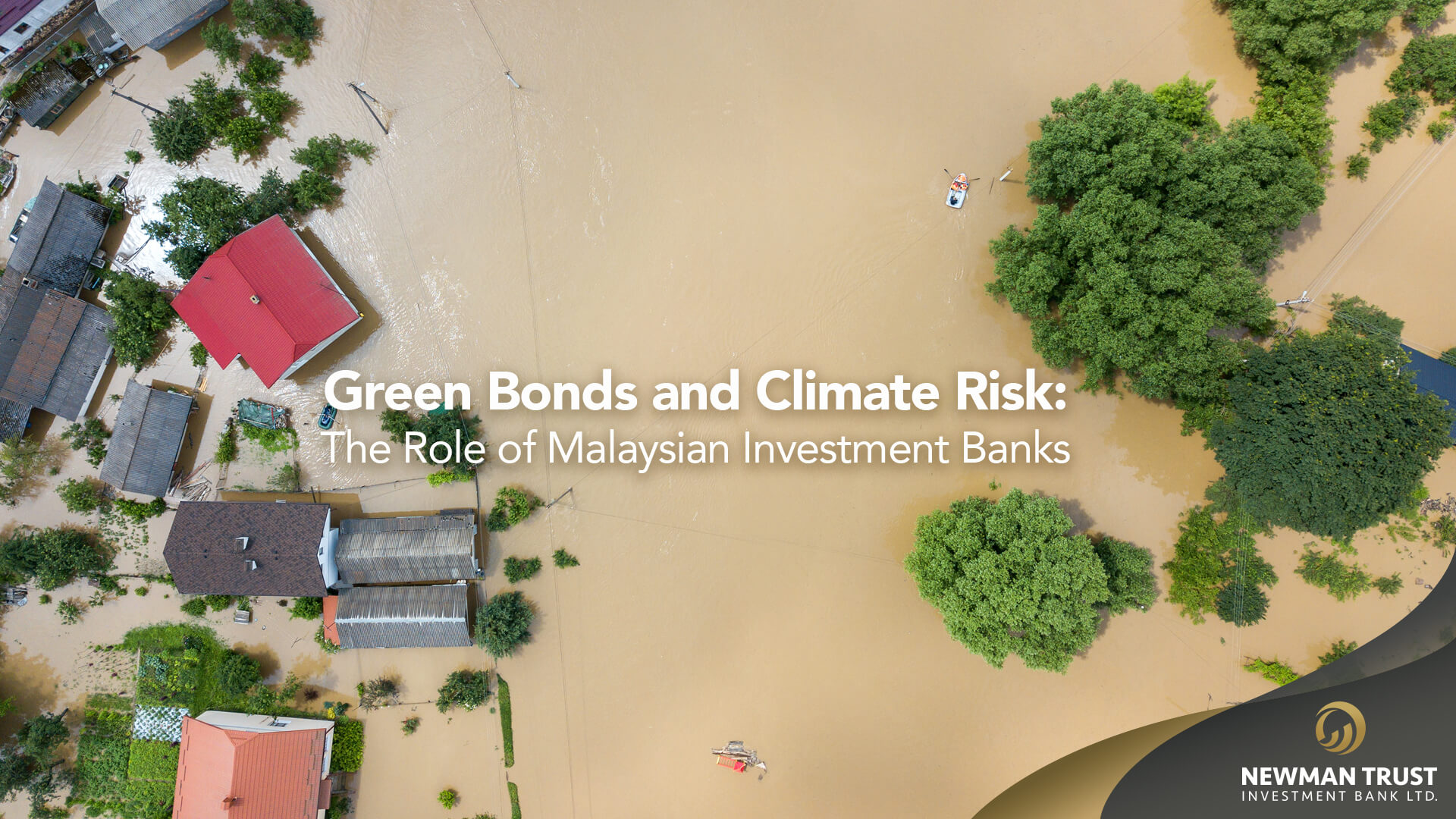
Biomass Energy in Malaysia: A Sustainable Solution for the Future
The world gravitates towards sustainable energy solutions and Malaysia is positioning itself as a significant player in the renewable energy sector, particularly in biomass energy. This renewable energy source, derived from organic materials, holds the potential to reduce carbon emissions, lessen dependency on fossil fuels, and contribute to the nation’s energy security.
What is Biomass Energy?
Biomass energy refers to the process of generating energy from organic materials, such as plant residues, wood, agricultural waste, and animal manure. This form of energy production is not new—biomass has been used for centuries in the form of burning wood or crop residues. However, technological advancements have transformed how biomass is utilized today, making it an efficient, scalable, and more environmentally friendly energy solution.
Malaysia, with its rich natural resources and vast agricultural industry, is well-suited for biomass energy production. Palm oil plantations, in particular, produce significant amounts of biomass residue, such as empty fruit bunches (EFB), palm kernel shells (PKS), and mesocarp fiber, which can be utilized for energy generation.

The Malaysian government has recognized the importance of biomass energy in its efforts to reduce greenhouse gas emissions and transition to renewable energy sources. Several initiatives, including the National Renewable Energy Policy and Action Plan (NREPAP) and the Renewable Energy Act
have been introduced to support the development of biomass energy in the country. Malaysia’s target is to have 31% of its electricity generation come from renewable sources by 2025, with biomass playing a crucial role in this strategy
Key Benefits of Biomass Energy
Reduction of Carbon Emissions: One of the primary benefits of biomass energy is its ability to reduce carbon emissions. While the combustion of biomass does release CO2, the process is considered carbon-neutral because the plants absorb an equivalent amount of CO2 during their growth. Unlike fossil fuels, biomass energy does not contribute to a net increase in atmospheric carbon levels.
Energy Security: By harnessing domestic biomass resources, Malaysia can reduce its dependency on imported fossil fuels, enhancing its energy security. This shift toward renewable energy helps shield the country from volatile oil and gas markets, ensuring more stable and predictable energy costs.
Waste Reduction: Biomass energy production helps address waste management issues in Malaysia’s agricultural sector. By utilizing agricultural waste like palm oil residues, rice husks, and wood chips, the country can significantly reduce the environmental impact of waste disposal while generating clean energy.
Rural Economic Development: Biomass energy projects can contribute to rural economic growth by creating jobs in biomass collection, transportation, and energy production. The agriculture and forestry sectors stand to benefit from increased demand for biomass feedstocks, providing additional income streams for local communities. Despite the numerous benefits, several challenges must be addressed to fully realize the potential of biomass energy in Malaysia.

Supply Chain and Logistics: One of the significant challenges is the complexity of biomass supply chains. Collecting, transporting, and processing biomass feedstocks can be labor-intensive and costly, particularly for remote areas. Establishing a more streamlined and efficient supply chain is essential to making biomass energy economically viable.
Technological Advancements: Although biomass energy technology has improved over the years, there is still room for innovation. Malaysia must continue investing in research and development to make biomass energy production more efficient, cost-effective, and sustainable.
Government Incentives and Regulatory Framework: While Malaysia has established policies to support renewable energy, more targeted incentives and regulatory frameworks specific to biomass energy could accelerate its adoption. Financial incentives, tax breaks, and subsidies for biomass energy projects would encourage private sector investment and boost biomass capacity in the country.

Government Support and Policy Initiatives: The Malaysian government has made strides in promoting biomass energy through various policies and incentives. One of the notable initiatives is the Feed-in Tariff (FiT) system under the Renewable Energy Act, which guarantees energy producers a premium price for biomass energy fed into the national grid.
The Green Technology Financing Scheme (GTFS) also provides funding support for renewable energy projects, including biomass initiatives. Furthermore, institutions such as the Malaysian Investment Development Authority (MIDA) and the Labuan Financial Services Authority are instrumental in encouraging both local and international investments in biomass energy projects by offering tax incentives and facilitating financing opportunities.
The Future of Biomass Energy in Malaysia
As Malaysia continues its journey toward sustainable development, biomass energy will likely play an increasingly important role in the country’s energy mix. With abundant agricultural waste and a strong commitment from the government to reduce carbon emissions, biomass energy is poised to contribute significantly to Malaysia’s renewable energy targets.
The collaboration between the private sector, government agencies, and research institutions is crucial in overcoming the current challenges and advancing the adoption of biomass energy. By leveraging its natural resources and fostering innovation, Malaysia has the potential to be a regional leader in biomass energy production, contributing not only to the country’s energy security but also to global efforts in mitigating climate change.
Biomass energy in Malaysia offers a sustainable solution for the nation’s energy needs while addressing pressing environmental and waste management challenges. With continued support from the government, technological advancements, and private sector investment, biomass energy can significantly contribute to Malaysia’s renewable energy goals, paving the way for a greener and more sustainable future.
***Disclaimer: This article is provided for informational purposes only and is not intended as any form of financial, investment, legal, or other professional advice. Before making any investment decisions, it is recommended that you seek advice from financial, investment, and legal professionals to consider your individual financial circumstances and risk tolerance. Neither the author(s) nor the publisher(s) shall be liable for any loss or damage whatsoever arising from or in connection with the content of this article, including but not limited to direct, indirect, incidental, punitive, and consequential damages. Investing in the stock market and other financial markets involves risks, including the loss of principal. Please conduct your own due diligence and consult with a qualified professional before making any investment decisions.
















